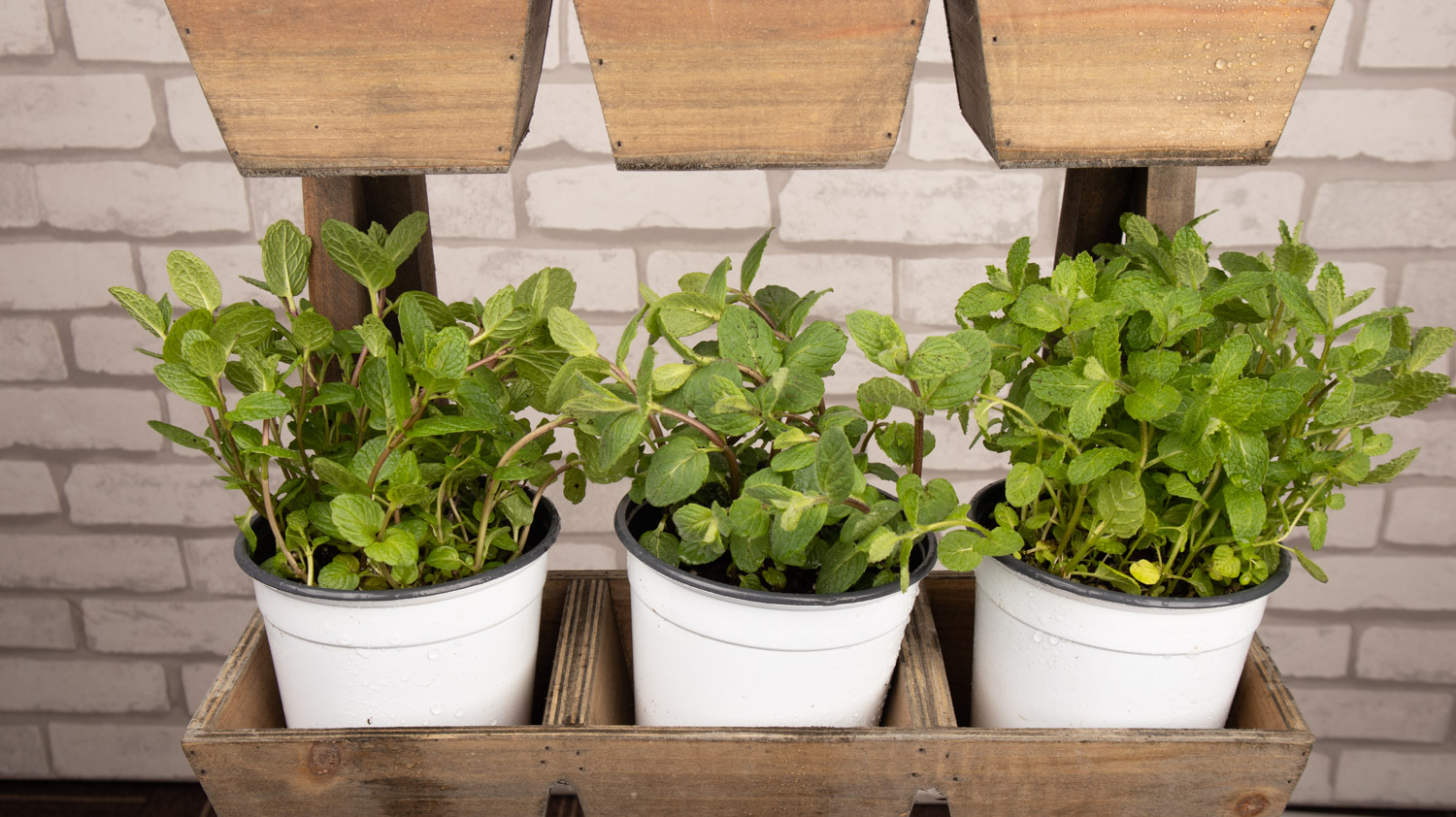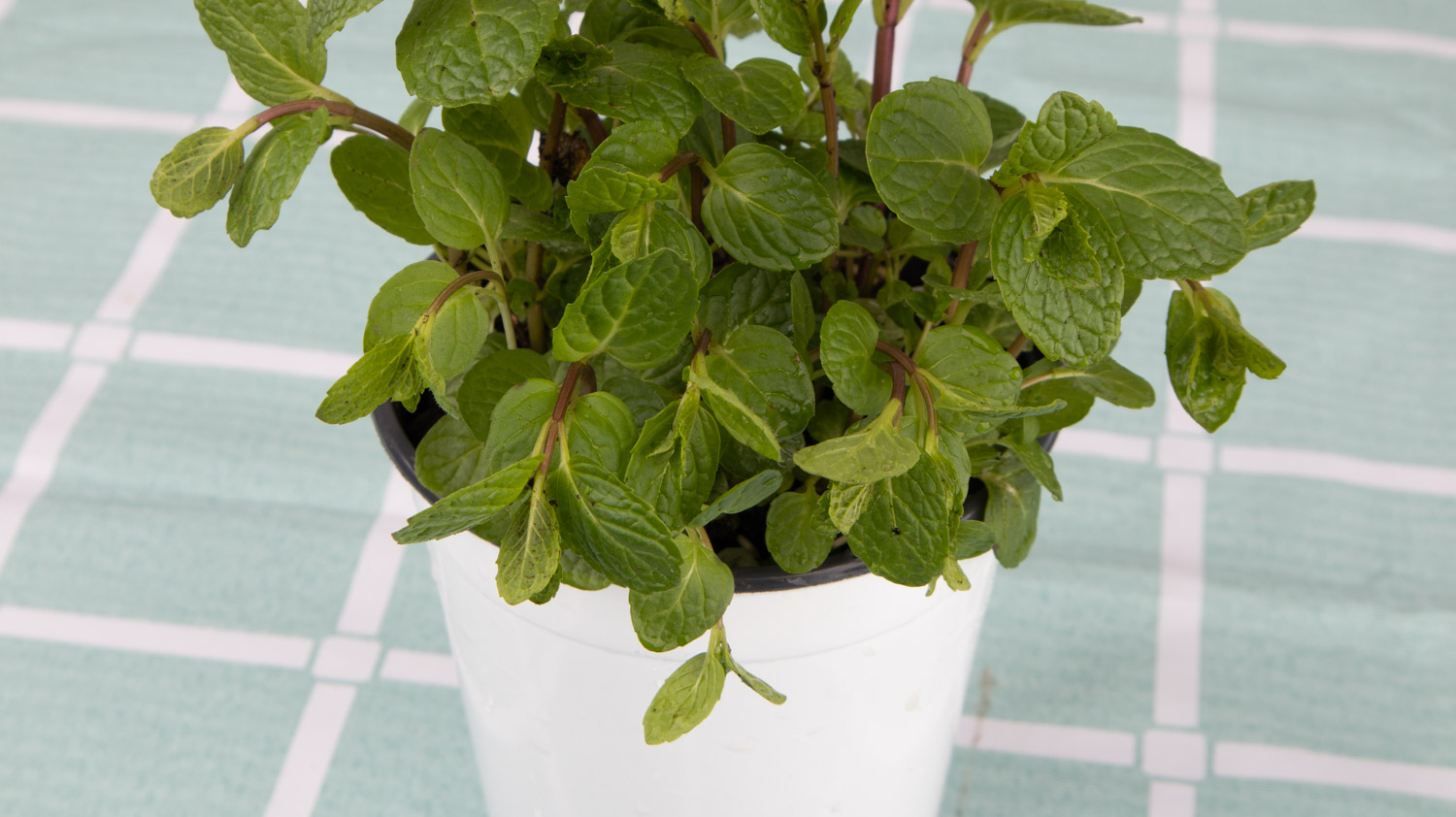1、 Ramet time
The ramet time of peppermint is generally in spring. At this time, the climate is relatively warm. The ramet has a high survival rate and is also conducive to the growth of young plants. If it is planted in the ground, the seedlings are generally intercropped when they grow to 15 cm high, and the extra seedlings are transplanted separately

2、 Promote rooting
Peppermint will grow creepers and take root in appropriate places to grow new plants, but family breeding is often potted. Creepers or walking branches rarely have the opportunity to take root, so it is necessary to properly control the growth direction. Spiral its creeping branches along the plant, and then press them on the surface of the soil, or close to other pots, and fix the branches with iron wires. Generally, new roots can grow in about a week, and then prepare for branching

3、 Soil mixing Basin
The pot soil should be prepared before putting Mint into the pot. It does not have high requirements for the soil itself, as long as it is not too Sandy and sticky soil. In addition, it is not suitable to plant it in the soil with serious acidity and alkalinity. Generally, garden soil, rotten leaf soil and river sand should be mixed to prepare basin soil, which can provide good drainage and air permeability and is conducive to the respiration of roots. Put broken tiles on the bottom of the basin, lay the bottom with the prepared soil, put the seed plants in it and fill the soil

4、 Subsequent maintenance
After the ramet is completed, it should be watered once, and put it in the semi shade to let it pass the slow seedling period. During this period, do not water and fertilize. When the plant starts to grow again, it can be exposed to light. The light intensity is determined according to the size of the plant. Too small plants should not be exposed to the sun for a long time

 how many times do yo...
how many times do yo... how many planted tre...
how many planted tre... how many pine trees ...
how many pine trees ... how many pecan trees...
how many pecan trees... how many plants comp...
how many plants comp... how many plants can ...
how many plants can ... how many plants and ...
how many plants and ... how many pepper plan...
how many pepper plan...

























